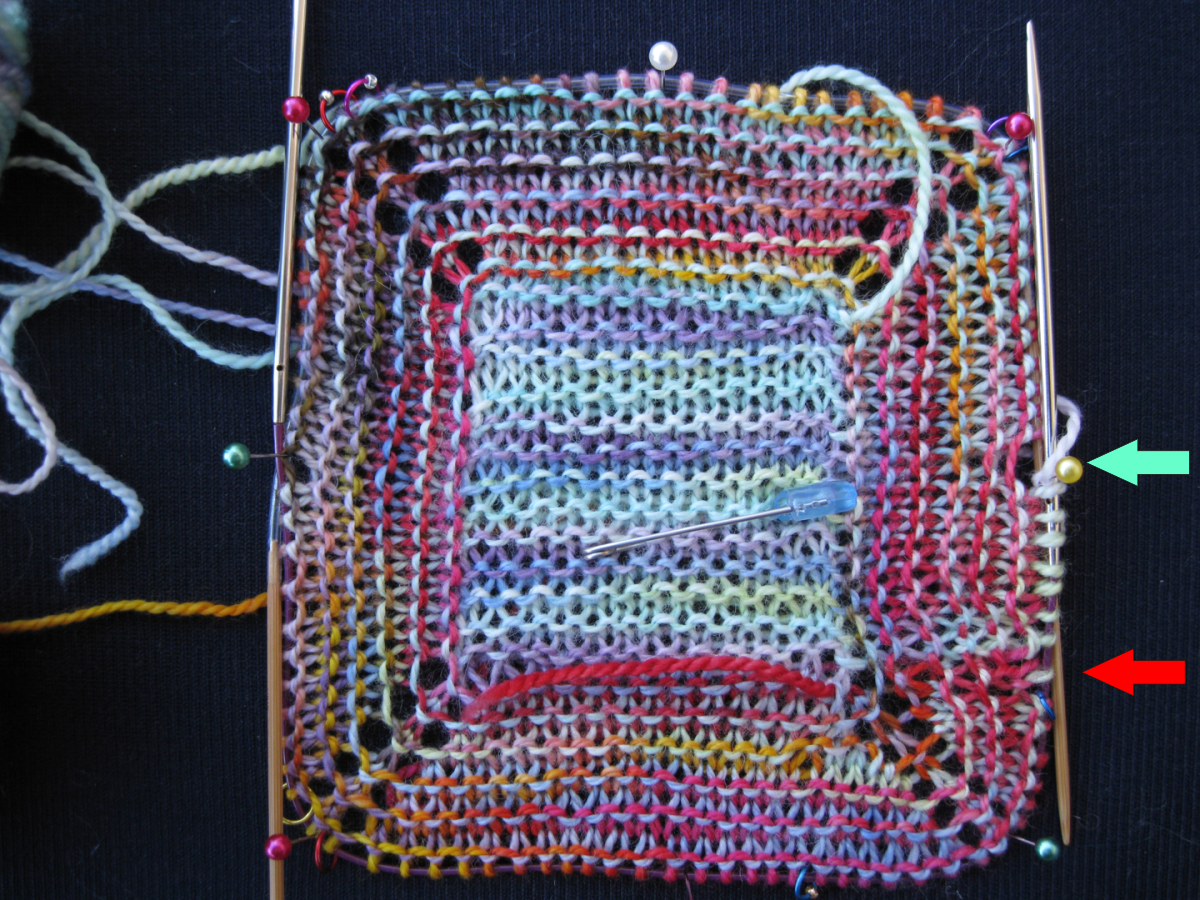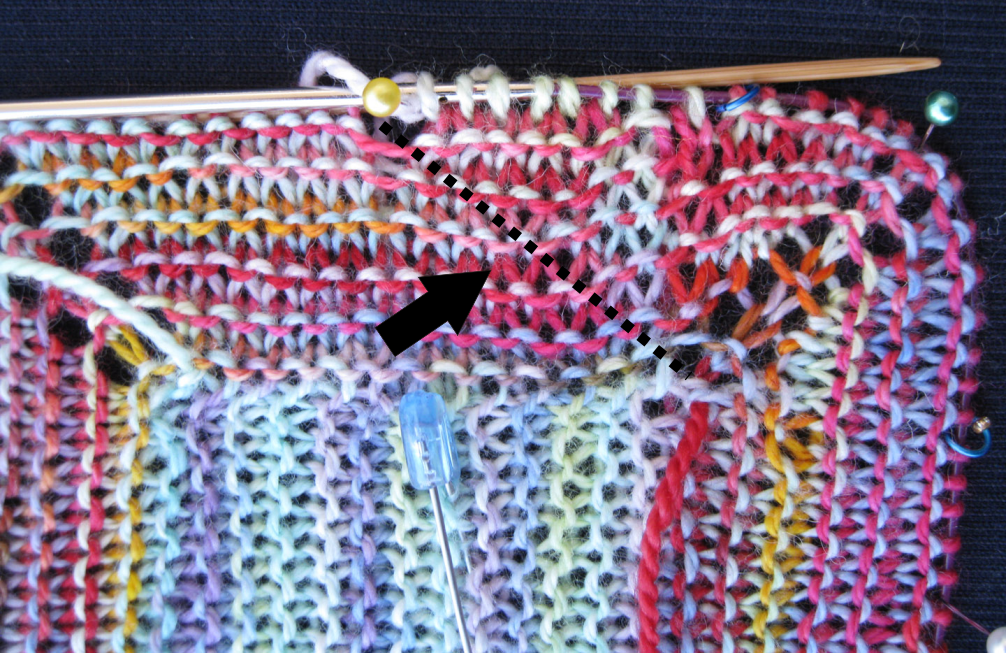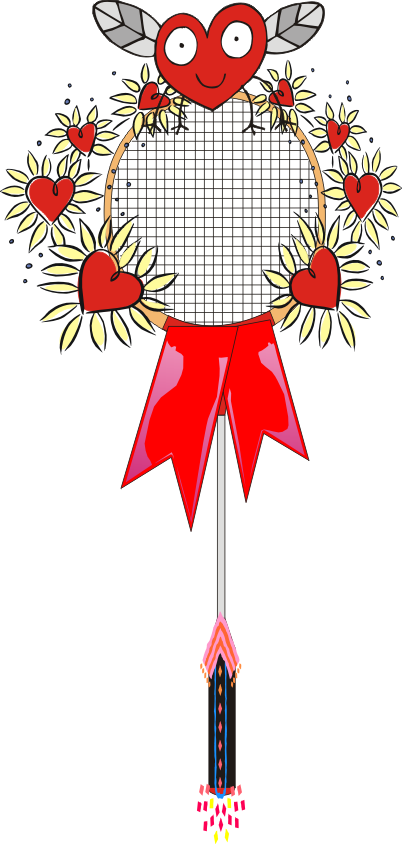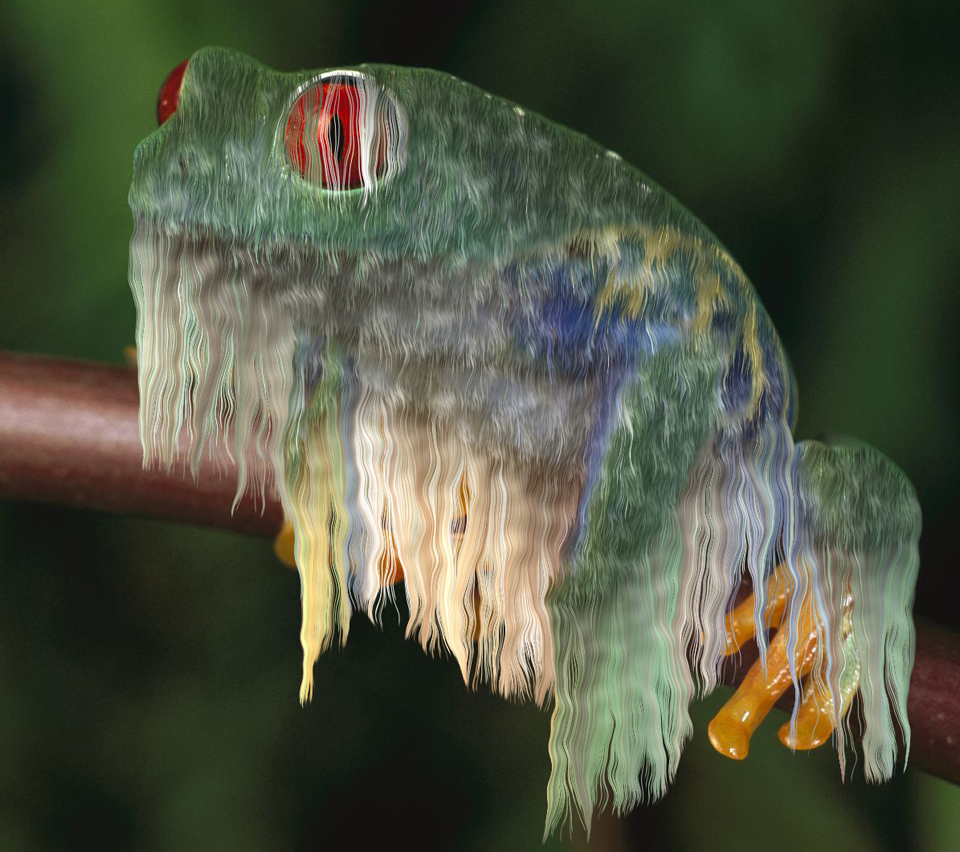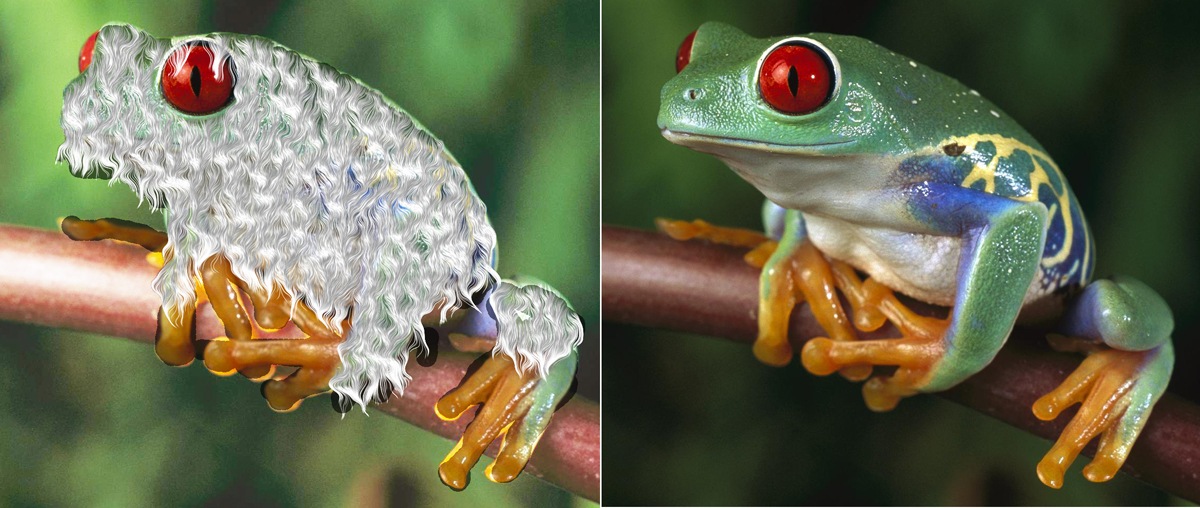Sigh. I wish I could be there. But there is a Big Pond between me and this exotic yarn extravaganza, which will take place in beautiful Belgium, January 30 and 31st, from 9:30 am-6:30 pm.
For those who don't know about Bart & Francis, go here and sigh with envy. The store carries a wide range of exquisite yarns--lace and otherwise--some of which are simply not available anywhere else. Their silk yarns make me weep a bit, and they stock exotica such as mirror and glass bead yarns, vicuna yarns, and linen and stainless steel thread.
If you can make it to the open house, you will be able to play with their fabulous offerings and I will hate you. The owners will handle your questions and assist those with special textile-related requirements to find exactly what you are looking for.
Francis assures me that all this will be done is a cozy atmosphere, featuring a never-before-encountered "Dump Your Husband Corner," stocked with a broad range of fancy alcoholic beverages and newspapers to keep him accupied while you, the textile lover, can range freely over their offerings. Of course, you can tenderly park your wife or SO there instead, and the brochures below indicate that tea and pastries are also being offered.
And here is the announcement in a variety of languages :) Yarnlot, do enjoy your trip and post about it, because I am sure you won't want to miss this affair.
Friday, January 29, 2010
Bart & Francis Open House
Posted by
fleegle
at
11:32 AM
7
comments
![]()
Labels: lace yarn, micro-stores, travel
Monday, January 18, 2010
No-Purl Garter Stitch In-The-Round
Problem
When knitting a Shetland shawl, the center square is knitted back and forth in garter stitch. Then the border stitches are picked up around two sides of the square, thus producing the first row of a circular border. However, if you want to maintain garter stitch on the border, every other row needs to be purled. There's nothing intrinsically wrong with purling (there are even some knitters who prefer it), but for most people, purling can quickly get tiresome when the border has 1000+ stitches on each round.
Pseudo-Solutions
The alternative to purling every other round is to turn the work somewhere, somehow, and knit back, essentially knitting the border flat and using some hocus-pocus to bind the two border edges together. All of the solutions rely on a fancy wrap-and-turn on one corner...making a loose yarnover and knitting it with the next stitch; picking up the bump on one edge and knitting it with the last stitch of the row; sewing the seam when the border is completed, and so on. None of these solutions pleased me. I could always spot the turn line from a galloping horse. No good.
Fleegle's Solution
This humble-looking sample represents a solution to a dilemma that has plagued knitters since the first dinosaur broke two limbs off a tree, wound some vines into a ball, and produced the world's first Stegosaurus shawl.
In the sample shown above, the border is knitted flat, not circularly, but there's no discernible seam, is there? The red arrow points to what you might think is the seam, but it's actually the place where the next row begins. Circular knitting, as you recall, isn't really a circle--it's a spiral.
The solution turns (bad pun, sorry) out to be relatively simple: knit the border using two balls of yarn, not one, alternating direction, so that one ball of yarn (A) is knitted in one direction, the other ball (B) in the other direction. The aqua arrow above shows the position of the yarns in the current row and the place where the switch will happen. The trick that makes this solution work is that A and B are going in different directions, there’s no turn at all, and thus no wonky seam line.
In the image below, the actual color/yarn change for the rows is shown along the dotted black line. Note that the yarn travels one stitch outwards with every other row because of the yarnover increases at the corners. I did a sample where I cheated one stitch and kept the change point in the same place with each row. It didn't make any difference--there still was no seam line.
Here are the directions for a little sample, so you can try this yourself. I used sock yarn scraps in two colors and cast on 13 provisional stitches because I am incredibly lazy and 14 stitches was just too much work. It's a small sample, so when you do the border, you'll need one additional circ or a set of DPNs to go round and round.
Knit a center square with Color A.
Pick (do not pick up and knit) up the stitches along the first side, slip the stitches from the provisional cast-on, then pick up the stitches from the third side, slip the last group of stitches. Don't forget to pick up a stitch at each corner.
Note: At this point, I strongly suggest you rearrange your stitches so that the corners fall towards the centers of your needles, not at the ends. Otherwise, you will be working yarnovers at the ends of your needles, and that's always messy.
You are now at the beginning corner.
Attach color B, turn your work, and knit all the way around to the beginning corner.
Drop B, turn, pick up A, and knit around, working an OKO at each corner.
Drop A, turn, pick up B and knit plain around.
And so on.
In this sample, you will always be doing OKO at the corners with color A and a plain knit row with color B.
I put a safety pin on the side where I should be knitting color A, so I didn’t get confused. Obviously, when you are knitting a real shawl, both balls will probably be the same color. I will therefore put a safety pin on one side of the shawl and a some indicator on the corresponding yarn ball when I use this technique on my Queen Susan shawl.
And, of course, this trick is not limited to shawls--it can be used any time you want to knit garter stitch in the round without purling.
Posted by
fleegle
at
12:54 PM
48
comments
![]()
Labels: garter stitch, Knitting, no purl, tips, turning corners
Thursday, January 7, 2010
Rana Pilosus
January 7, 2010
Dateline Kyzyl-Oi, Kyrgyzstan
Scientists today announced the discovery of the fabled Rana Pilosus, the Hairy Frog of knitterly legend! Hitherto mentioned only in passing on a multitude of knitting blogs ( as in "The yarn looked like frog hair, so I ran away screaming."), this endearing amphibian is no longer a myth, but a reality. In fact, Rana Pilosus cultivation turns out to be a major economic industry in a remote area of Kyrgyzstan.
Dr. Elmer Vrkyng and his graduate student, Bob "Hoppy" Hopper, semi-distinguished amphibian zoologists at the University of Uch-Korgon, made their tremendous discovery while floundering around in marshland north of town. Dr. Vrkyng explained that they had overindulged in fermented mare's milk (not much to do in Uch-Korgon besides drink and flounder) and decided to take a walk and clear their heads. Unfortunately, they wandered into the infamous Gryznyk Swamp and got, um, bogged down.
"Bob fell flat on his face, causing a torrential tidal wave that floomed all over my clean shirt. When the water, mud, and algae subsided, I felt a tickling sensation on my forehead. I reached up and discovered a webbed foot caught in my pith helmet. I tugged frantically on the squishy offending limb and was suddenly face-to-face with a genuine Rana Pilosus! His other leg was curled around my earlobe! I immediately whipped out my camera and took a picture of this monumental discovery."
Dr. Vrkynk and Mr. Hopper subsequently interviewed the nearby townspeople, most of whom were oddly dressed in layers of delicate knitwear. Apparently, the surrounding area, being mostly swamp, was not conducive to raising sheep, yak, or vorpal bunnies. However, the town was overrun with furry frogs, especially during the Annual Festival of Flies, an occasion marked by fly-calling, fly-swatting competitions, fly markets, and highly decorated swatter sales.
Over the millenia, frog herding became the town's major source of income. The only other business in Kyzyl-Oi is a vowel importer, and apparently the import tax on A's and E's is so outrageous that the company only accepts a few shipments of I's and O's every year and thus doesn't offer much hope of employment. Mr. Krygzy, who owns the company, says Vrknuk's Vowels has spent a ton of grybzyfs in search of a new vowel, but have not had much luck so far.
In light of the poor job market, frog herding has become the sustaining business. According to Madame Grizkyrg, who owns the largest frog spread in the area, the Rana Pilosus is an economical crop, as the frogs take good care of their families, are excellent padkeepers, and require only an occasional rinse with conditioning shampoo to keep snarls and split ends under control. And, she adds, the frog industry is unquestionably Green!
Madame Grizkyrg explains. "Our frogs are free-range, happily playing cards and engaging in frog-wrestling tournaments by day, and indulging in karacroake at night. In June, the frog shearers armed with tiny scissors, lure the frogs (with homemade fly snacks) onto supersized pads, where they are carefully shorn of their pelts." She went on to say that the hair is then washed, sorted, and spun by the locals to produce extremely fine yarn, which is then knitted into garments during the severe winter months. As you can see from the picture, a shorn frog is a happy frog!
"One gram of frog hair, spun in our little factory, will produce over 5000 meters of yarn. And the frogs come in a wide range of colors and patterns, including polka dot and herringbone, so we don't have to worry about dyeing it," says Madame Grizkyrg.
She went on to say that the frogs make excellent pets, as they are clean and very intelligent. There are two frog trainers in town who coach the ambhibians in Kyrgyz, the native language, as well as instruct them in the rules of Frog Paddy Bingo, a subject that will not be further discussed in this article. A new niche business has recently emerged, thanks a sizable grant from the TSA. Azrygyr is one of several being trained as drug- and explosive-sniffing frogs.
The TSA will soon be deploying these little guys in both the personal security and baggage-screening areas. Being small, they can easily hop around inside carry-on and checked baggage. When contraband is detected, their hair stands straight up and vibrates silently, quietly alerting the agents. The frogs' foot-long tongues have been genetically modified to carry an electrical current and, on command from the TSA Frog Handlers, will zap offenders, who are then dropped through a trap door directly into a paddy wagon.
Dr. Vrkyng and Mr. Hopper will be staying in the town for three months studying this new genus before publishing their findings in Nature. After they have completed their research, they intend to start an eco-friendly frog-hair yarn exporting business. "Our enterprise should bring a business boom to Kyzyl-Oi," says Dr. Vrkyng.
All of us lace knitters look forward to seeing the product! Right? Don't we?
Posted by
fleegle
at
11:24 AM
28
comments
![]()
Labels: nonsense

